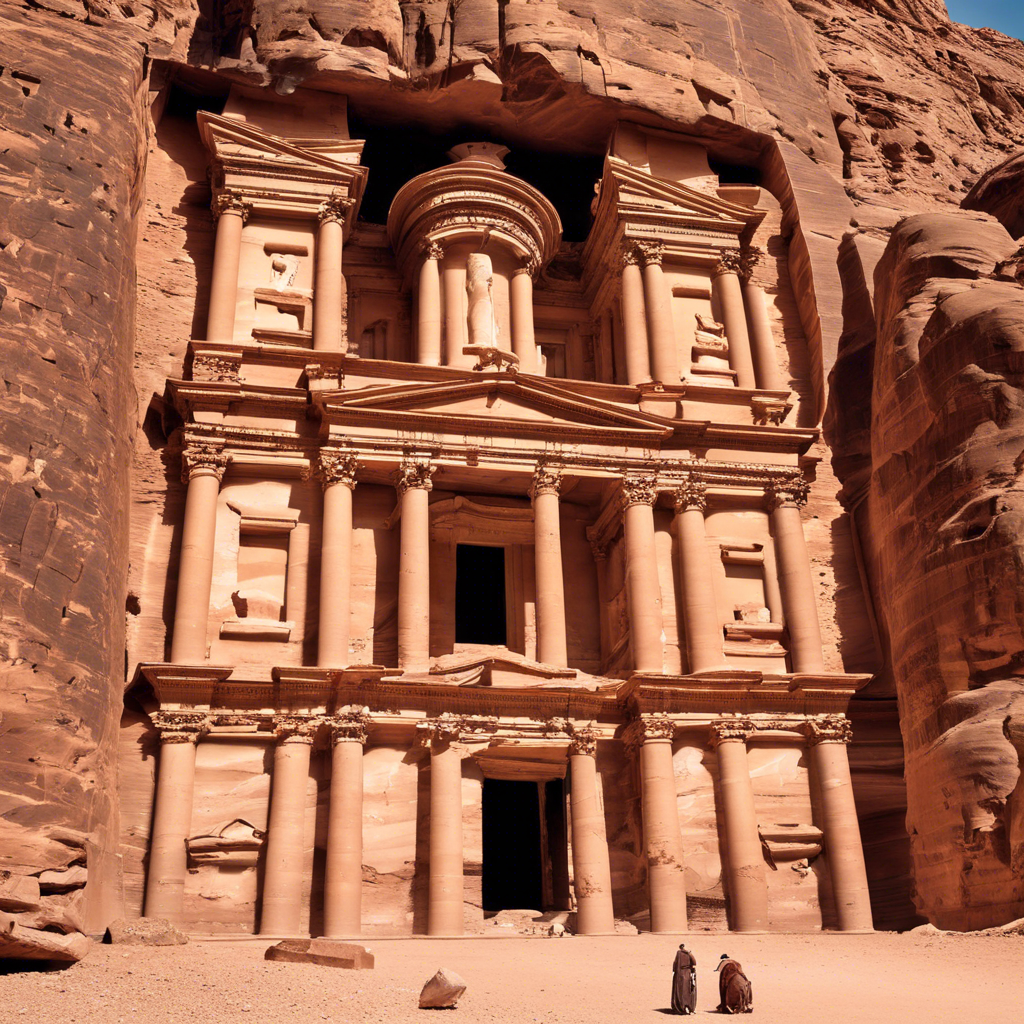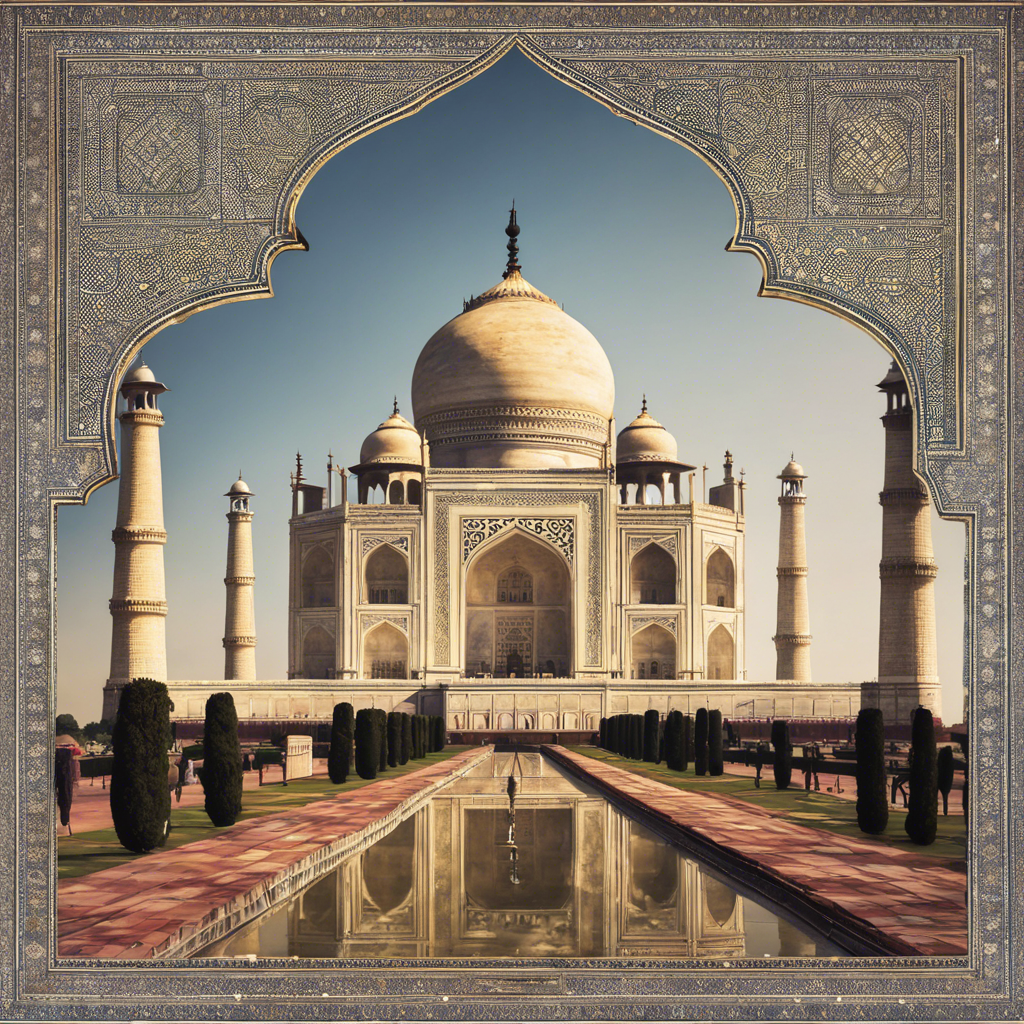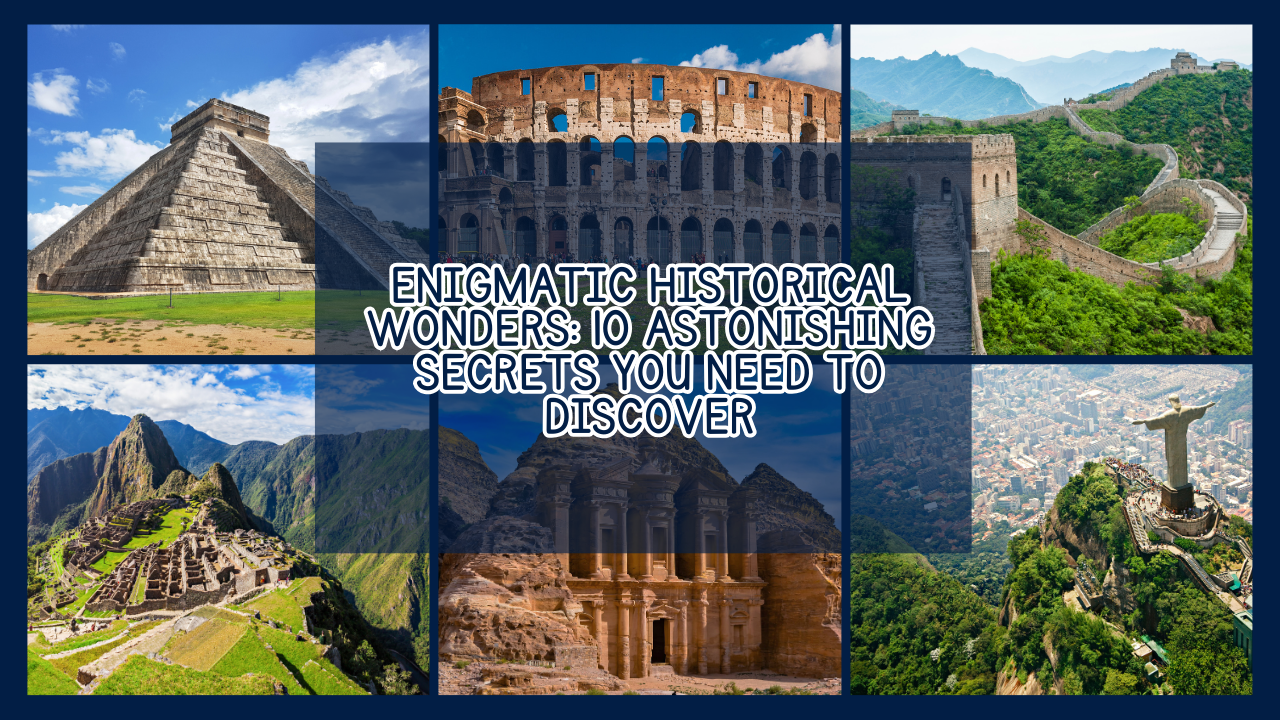Enigmatic Historical Wonders: 10 Astonishing Secrets You Need to Discover
Introduction
Enigmatic historical wonders have always held a certain allure, drawing us in with stories of distant lands and ancient civilizations. Among the most captivating aspects of history are the enigmatic wonders left behind by our ancestors. These sites are not just relics of the past but are shrouded in mystery, challenging our understanding of human achievement and the natural world. From the towering pyramids of Egypt to the sprawling ruins of Machu Picchu, these historical wonders continue to inspire awe and wonder. Join us on a journey through time as we explore some of the world’s most enigmatic historical wonders.
The Mystique of Ancient Egypt
The Pyramids of Giza
No journey through history would be complete without a visit to the Pyramids of Giza. These monumental structures have stood the test of time, their massive stones weathering millennia of winds and sands. But how were they built? Theories abound, from the use of ramps to more outlandish ideas involving alien intervention. Yet, the true methods remain a mystery, as do the exact purposes of these colossal tombs. Were they merely burial places for pharaohs, or did they serve a greater, perhaps astronomical, purpose?
The Sphinx
Standing guard near the pyramids is the Great Sphinx, another icon of ancient Egypt. Carved from a single block of limestone, this half-human, half-lion statue has sparked countless debates. Who does the Sphinx represent? Why was it built? And perhaps most intriguingly, what secrets might lie beneath it? Some believe there are hidden chambers or tunnels waiting to be discovered, adding yet another layer of mystery to this ancient wonder.

Machu Picchu: The Lost City of the Incas
Perched high in the Andes Mountains, Machu Picchu is often referred to as the “Lost City of the Incas.” Discovered in 1911 by Hiram Bingham, this ancient city has fascinated historians and archaeologists alike. But why was it built in such a remote location, and why was it abandoned? Some theories suggest it was a royal estate, while others propose it had religious significance. The exact purpose of Machu Picchu remains a puzzle, with the city’s intricate stonework and terraced fields only adding to its mystique.
Stonehenge: The Prehistoric Puzzle
Stonehenge, located on the Salisbury Plain in England, is one of the most famous prehistoric monuments in the world. But despite its fame, much about Stonehenge remains unknown. How were these massive stones transported from their quarries, some located hundreds of miles away? What was the site’s purpose? Was it an astronomical calendar, a religious site, or something else entirely? Theories are plentiful, but definitive answers remain elusive, making Stonehenge one of history’s greatest enigmas.
The Great Wall of China: A Monumental Feat
Stretching over 13,000 miles, the Great Wall of China is a testament to human ingenuity and determination. Built to protect the Chinese empire from northern invaders, the wall is an architectural marvel. But the history of its construction is riddled with myths and legends. Some believe that millions of workers died during its construction, their bodies entombed within the wall itself. While this claim remains unproven, the sheer scale of the wall and the effort required to build it continue to amaze and mystify.
Petra: The Rose City of the Desert
Hidden within the rugged mountains of Jordan lies Petra, a city carved directly into the rock. Known as the “Rose City” for the pinkish hue of its stone, Petra was once a bustling trading hub. But who built it, and why was it abandoned? The city’s origins are still debated, with some attributing its construction to the Nabataeans, an ancient Arab people. The exact reasons for its decline are also unclear, adding to the aura of mystery that surrounds this stunning site.
Fly to Jordan to visit Petra with Venvago!

Easter Island: The Land of the Moai
Easter Island, located in the southeastern Pacific Ocean, is famous for its Moai statues—giant stone figures with oversized heads. These statues were created by the Rapa Nui people, but their purpose remains a subject of debate. Were they built to honor ancestors, or did they serve some other, unknown function? And how were these massive statues moved across the island? The answers to these questions are still up for debate, making Easter Island one of the most enigmatic places on Earth.
The Acropolis of Athens: The Pinnacle of Ancient Greece
The Acropolis of Athens is a symbol of ancient Greek civilization and its achievements in art, philosophy, and architecture. At the heart of the Acropolis is the Parthenon, a temple dedicated to the goddess Athena. But beyond its architectural beauty, the Acropolis holds many mysteries. How did the ancient Greeks achieve such precise construction without modern tools? What secrets do the ruins still hold? The Acropolis continues to be a source of fascination and inspiration for historians and travelers alike.
The Terracotta Army: Guardians of China’s First Emperor
Discovered in 1974, the Terracotta Army is one of the most significant archaeological finds of the 20th century. Buried with China’s first emperor, Qin Shi Huang, this massive army of life-sized clay soldiers was meant to protect him in the afterlife. But why did the emperor feel the need for such protection? And how were these thousands of figures crafted with such detail and precision? The Terracotta Army remains a testament to the power and ambition of ancient China, as well as a source of ongoing mystery.
Angkor Wat: The Temple City of Cambodia
Angkor Wat, located in Cambodia, is the largest religious monument in the world. Originally built as a Hindu temple, it was later converted to a Buddhist site. But why was it constructed on such a grand scale, and what do its intricate carvings represent? Some scholars believe Angkor Wat was designed to symbolize the universe, with its central tower representing Mount Meru, the center of the universe in Hindu and Buddhist cosmology. Yet, many aspects of the temple’s history and purpose remain unclear, adding to its allure.
The Nazca Lines: Enigmatic Geoglyphs of Peru
The Nazca Lines, located in the desert plains of southern Peru, are a series of massive geoglyphs etched into the earth. These lines form shapes, such as animals and plants, that can only be fully appreciated from the air. But who created them, and why? Some theories suggest they were part of ancient religious ceremonies, while others propose they had astronomical or agricultural significance. The true purpose of the Nazca Lines is still a mystery, making them one of the most enigmatic sites in the world.
The Colosseum: Rome’s Grand Amphitheater
The Colosseum in Rome is one of the most iconic structures of the ancient world. Built to host gladiatorial contests and other public spectacles, the Colosseum was a symbol of Roman power and engineering prowess. But how did the Romans build such a massive structure with the limited technology of their time? And what secrets might still be hidden within its walls? The Colosseum remains a marvel of ancient architecture and a reminder of Rome’s imperial grandeur.
Chichen Itza: The Mayan Marvel
Chichen Itza, located in Mexico, is one of the most important archaeological sites of the ancient Mayan civilization. The site is home to the Pyramid of Kukulkan, also known as El Castillo, which is famous for its precise alignment with astronomical events. But why did the Mayans go to such lengths to create this alignment? And what other secrets does the site hold? Chichen Itza continues to captivate visitors and researchers with its blend of architectural brilliance and enigmatic history.
The Taj Mahal: A Monument to Eternal Love
The Taj Mahal in India is often regarded as the most beautiful building in the world. Built by Emperor Shah Jahan as a mausoleum for his beloved wife, Mumtaz Mahal, the Taj Mahal is a symbol of eternal love. But beyond its beauty, the Taj Mahal is shrouded in myths and mysteries. Some believe there are hidden chambers within the mausoleum, while others suggest it was originally intended to be part of a larger, unfinished complex. The true story of the Taj Mahal is as captivating as the monument itself.

Conclusion
The world’s most enigmatic historical wonders continue to captivate our imagination, offering glimpses into the past and challenging our understanding of human history. These enigmatic historical wonders are more than just physical remnants of ancient civilizations; they are puzzles that invite us to explore, question, and discover. As we continue to study and preserve these enigmatic historical wonders, they will undoubtedly continue to inspire awe and wonder for generations to come.
FAQs
What makes a historical site “enigmatic”?
A historical site is considered enigmatic when it is surrounded by mysteries or unanswered questions, such as unknown construction methods, unclear purposes, or unexplained phenomena.
How are these sites preserved today?
Many of these sites are protected by national governments or international organizations like UNESCO. Preservation efforts include restoration, maintenance, and limiting access to prevent damage.
What are the most recent discoveries related to these wonders?
Recent discoveries often involve new archaeological findings, such as hidden chambers, artifacts, or insights gained from advanced technologies like ground-penetrating radar.
Can visitors still access these historical wonders?
Yes, most of these sites are open to the public, though access may be restricted to preserve the integrity of the sites.
Why are some historical sites more mysterious than others?
Some sites are more mysterious due to a lack of historical records, the complexity of their construction, or the presence of unexplained phenomena that defy current understanding.



0 Comment